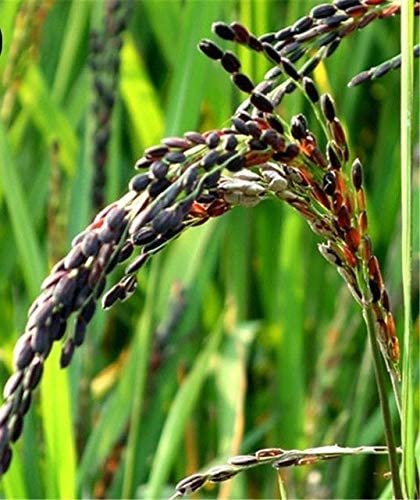Kalo maasi dhan
Kalo Maasi Dhan (Black Maasi Rice)
Kalo Maasi Dhan, also known as Black Maasi Rice, is a unique traditional variety of rice mainly grown in Nepal, especially in the hilly and mid-hilly regions like Jumla and other parts of western Nepal. This rice is locally famous for its distinctive blackish-purple color, rich aroma, and high nutritional value.
Key Features of Kalo Maasi Dhan:
- Color and Appearance:
The rice has a deep black or purplish outer layer (bran) due to the presence of anthocyanin, a natural antioxidant.
When cooked, it often turns dark purple and becomes slightly sticky.
- Nutritional Benefits:
Rich in iron, fiber, and antioxidants.
It is believed to help improve blood health, digestive system, and boost immunity.
Lower glycemic index compared to white rice, making it a better choice for diabetics.
- Cultural and Traditional Value:
Considered a heritage crop and part of the traditional food culture in certain ethnic communities.
Often used during festivals, rituals, and special occasions.
- Farming Method:
Usually grown organically in terraced fields.
Requires traditional farming knowledge and longer maturity period compared to modern hybrid rice.
- Taste and Culinary Use:
Has a nutty flavor and soft texture.
Can be cooked as plain rice, khir (rice pudding), or used in special dishes.
Why It's Important:
Kalo Maasi Dhan is not only a source of nutrition but also an important part of Nepal’s agricultural biodiversity. Promoting such indigenous rice varieties helps in preserving local culture, traditional knowledge, and supports organic and sustainable farming.
